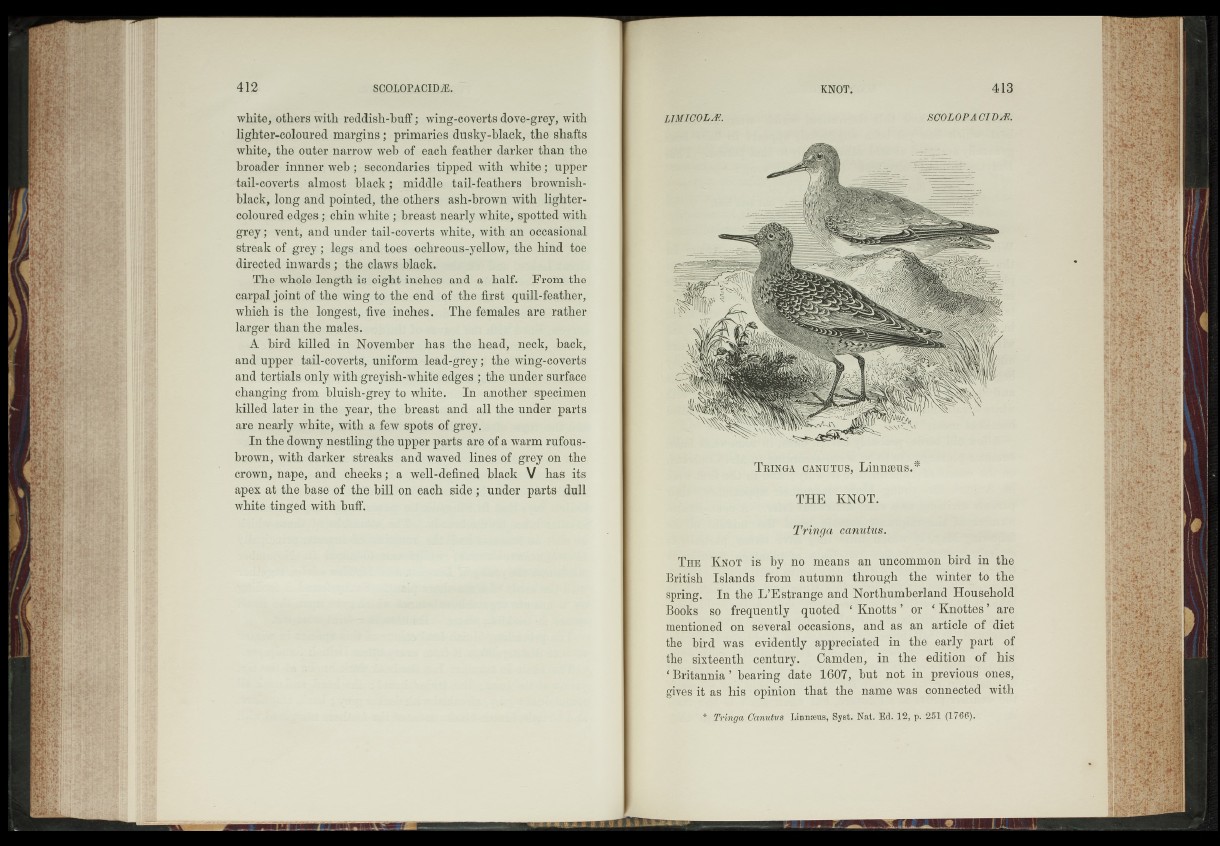
white, others with reddish-buff; wing-coverts dove-grey, with
lighter-coloured margins; primaries dusky-black, the shafts
white, the outer narrow web of each feather darker than the
broader innner web ; secondaries tipped with white; upper
tail-coverts almost black; middle tail-feathers brownish-
black, long and pointed, the others ash-brown with lighter-
coloured edges; chin white ; breast nearly white, spotted with
grey; vent, and under tail-co.verts white, with an occasional
streak of grey; legs and toes ochreou s-yellow, the hind toe
directed inwards ; the claws black.
The whole length is eight inches and a half. Fronj the
carpal joint of the wing to the end of the first quill-feather,
which is the longest, five inches. The females are rather
larger than the males.
A bird killed in November has the head, neck, back,
and upper tail-coverts, uniform lead-grey ;' the wing-coverts
and tertials only with greyish-white edges ;• the under surface
changing from bluish-grey to white. In another specimen
killed later in the year, tho breast and all the under parts
are nearly white, with a few spots of grey.
In the downy nestling the upper parts are of a warm rufous-
brown, with darker streaks and waved lines of grey on the
crown, nape, and cheeks; a well-defined black V has its
apex at the base of the bill on each side; under parts dull
white tinged with buff.
L M IO O L M . SOOLOPA 01
T ringa" j m u ^ u s , Linnaeus.*
THE KNOT,
Tnnga canjutus.
T h e Ê%6T* is* "by no means an uncommon bird in the
British Islands from autumn through the to the
spring. In the L’Estrange and Northumberland Household"
Books so frequently1 quoted,'f Knotts'’'br ‘Knottes’ are
mentioned on several occasions, and as an article of , diet
thé bird was ’ evidently appreciated'’ in the early part' of
the"'sixteenth' century.‘j“' Camden, in the, 'editiop ó f his
‘ Britannia ’ bearing date 1607, but not in previous ones,
gives it as his opinion th a t th^ name was connected with
Canutes Ijipis&ns\ Sysjj.rNat. Ed. p. 251 (1766).